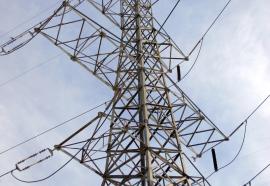Techno-Regulation
The smart grid and the slippery business of setting industry standards.
Four years ago, Congress made its wishes known: it tabbed the National Institute of Standards and Technology to develop a set of standards for the smart grid, and then instructed FERC, the Federal Energy Regulatory Commission “adopt” those standards, but only after finding a ”sufficient consensus,” and only “as may be necessary” to assure “functionality and interoperability.” Yet what is known is not necessarily clear. Who decides if consensus prevails? What does “interoperability” mean? Should FERC’s “necessary” finding extend to retail smart grid applications, arguably outside its purview? And the biggest dispute — must standards be mandatory? — finds PJM at odds with much of the utility industry.








